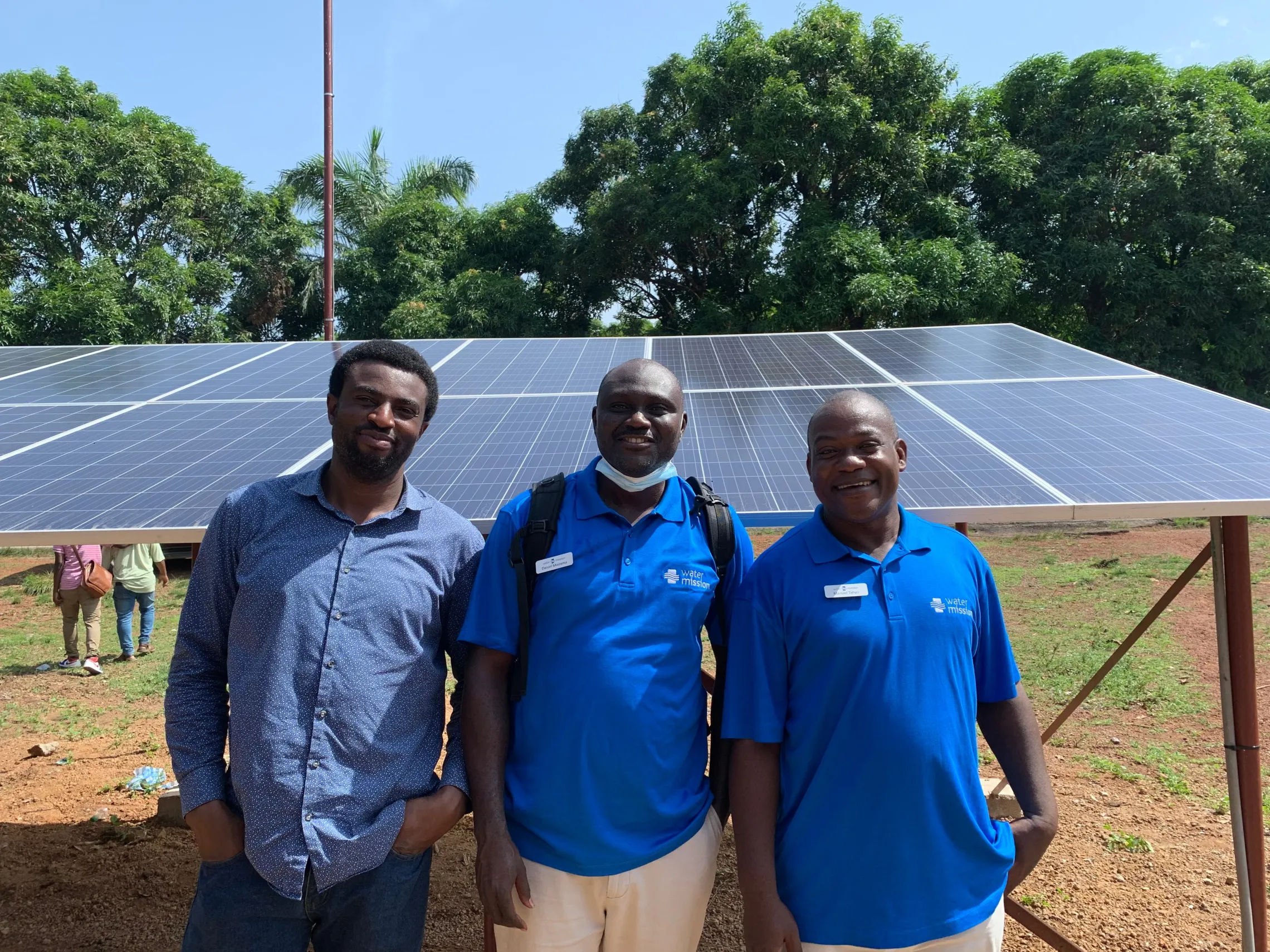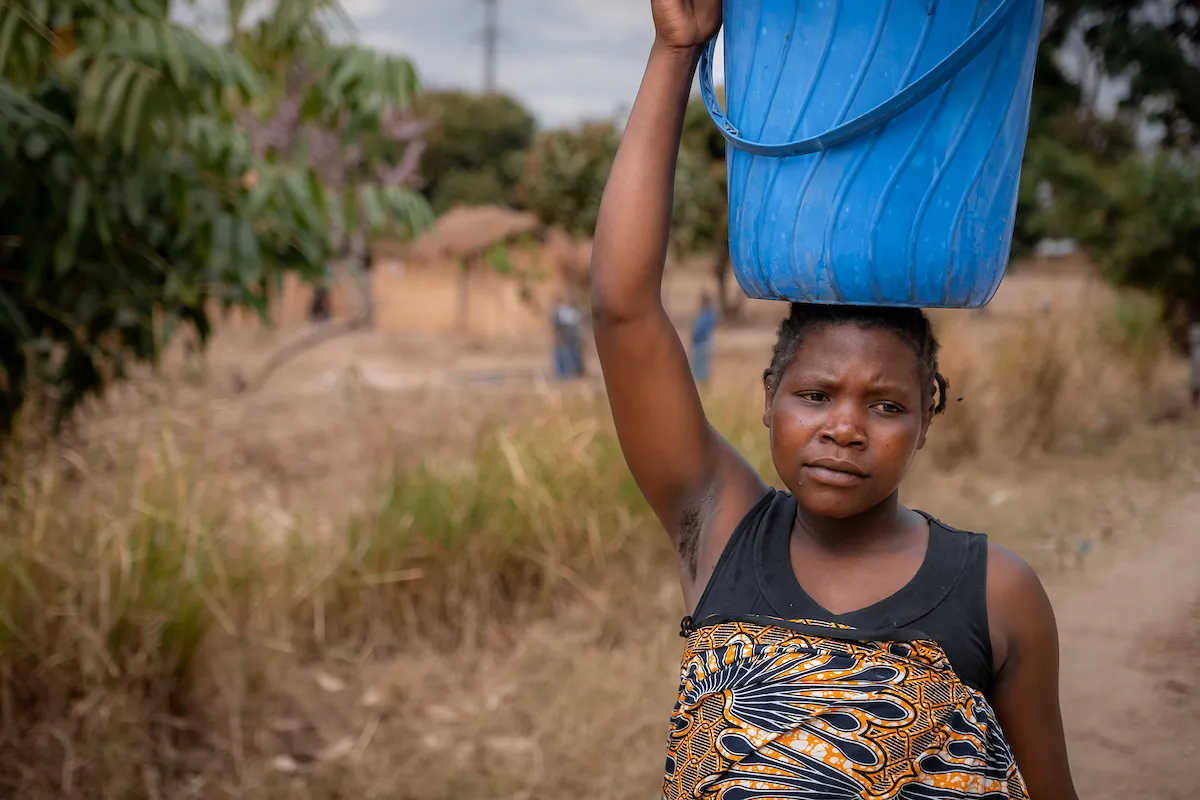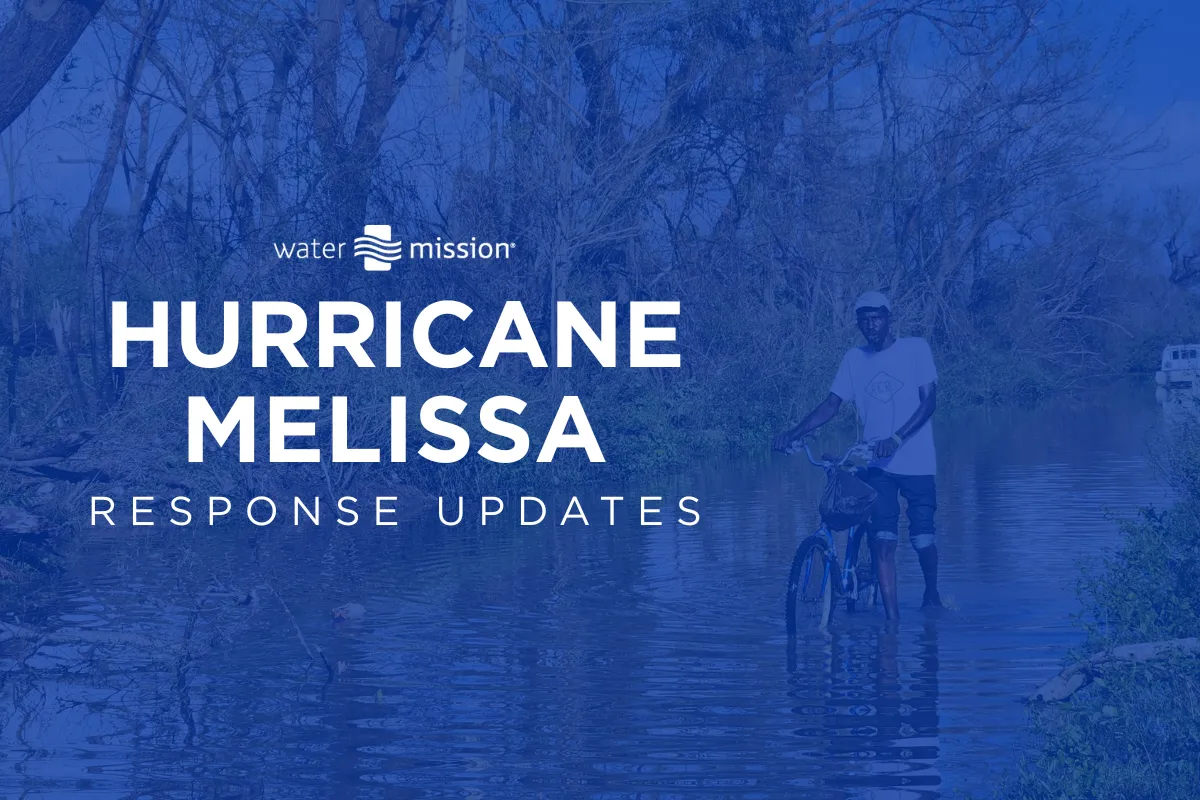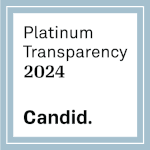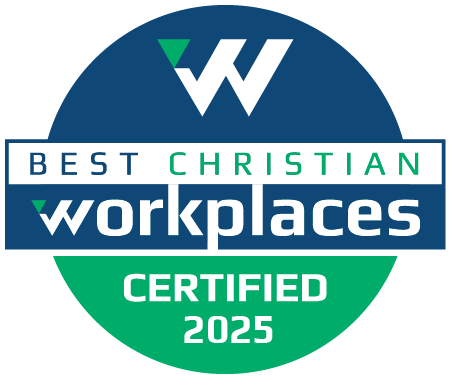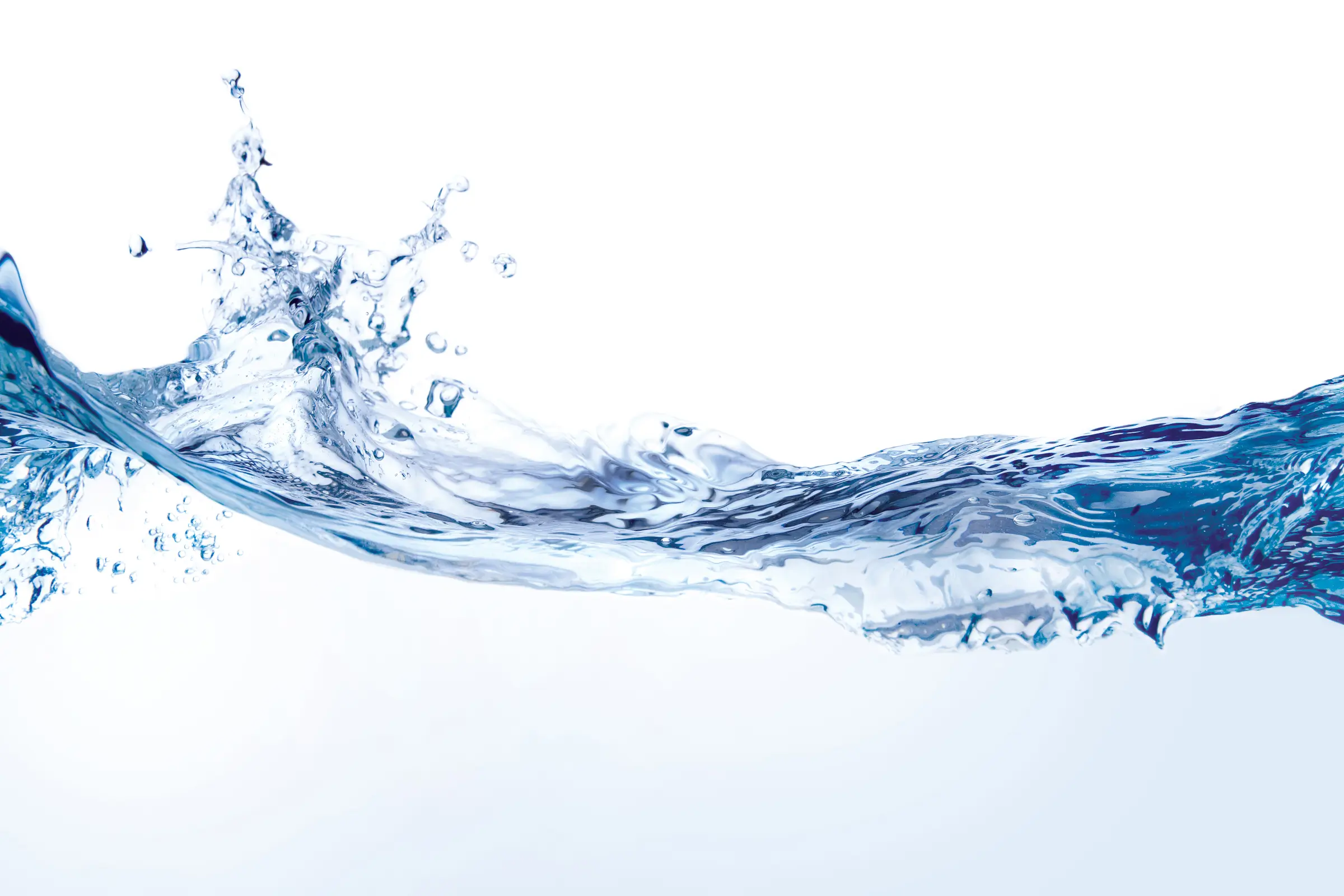Our most frequently asked question.
“So do you guys do wells?”
More often than not, the first question people ask when we tell them about our work has something to do with wells. In fact, it seems there is a widely held assumption that a protected well fit with a sturdy hand pump is the most effective (or at least the most feasible) water supply solution for rural communities around the world. This is often the concept we see advertised or expressed by aid agencies. Developing world? No water? They need a well. We understand why people jump to that conclusion. Traditionally, the work of the rural water supply sector (i.e. that of national governments, nonprofit organizations and for-profit businesses that operate in rural areas) has been predominately focused on constructing drilled wells (which are most often referred to as “tubewells” or “boreholes”) and installing hand pumps. Why? When adequate groundwater is available, the simple technology is hard to beat: wells that are properly constructed can be a reliable source of water and there are many simple hand pump designs that are easy to operate and can be maintained with minimal financing and locally-available materials for decades. To support our point, a quick Google image search for “rural water supply” reveals what most of the world views as appropriate water supply technology for remote areas: countless pictures of people collecting water from wells. To save you time, we went ahead and googled it for you... See what we mean?
It is not uncommon for us to find media coverage of our work that refers to our safe water projects as ‘wells’. In light of this, we felt the need to address the topic of wells and to explain how they fit into the work of Water Missions International. For clarification, in this post we will refer to drilled wells as “boreholes” when we need to make a distinction between and them and shallow, hand-dug wells which are also common in rural areas of the developing world.
To save you time, we went ahead and googled it for you... See what we mean?
It is not uncommon for us to find media coverage of our work that refers to our safe water projects as ‘wells’. In light of this, we felt the need to address the topic of wells and to explain how they fit into the work of Water Missions International. For clarification, in this post we will refer to drilled wells as “boreholes” when we need to make a distinction between and them and shallow, hand-dug wells which are also common in rural areas of the developing world.
There are no “silver bullets”
First of all, it’s important to note that no two communities have exactly the same water situation. Therefore, it makes sense that different water supply solutions will be appropriate in different communities. Different problems require different, specific solutions. In other words, there is no universal “silver bullet” solution when it comes to rural water supply. So how do we go about choosing the most appropriate technology? At Water Missions International, we start by examining what already exists in the area we are assessing for a safe water project. There are a number of variables we look at in order to evaluate water supply design alternatives, and ultimately, to design a solution for that particular community. In terms of water supply we consider:- what sources are available (e.g. rivers, lakes, streams, boreholes, springs, shallow wells, untapped groundwater, rainwater, etc.)
- where the sources are in relation to the community we are serving (and therefore what sort of pump and piped transmission system, if any, will be required in order to ensure accessibility to the water.)
- quality of these sources (and therefore what type of treatment will be required to make the water clean and safe.)
 A Water Missions International Technician installing a submersible pump in a borehole in Sri Lanka.
A Water Missions International Technician installing a submersible pump in a borehole in Sri Lanka.
 A local partner from Blue Ridge Christian Homes drills a well for a Water Missions International project in Haiti.
A local partner from Blue Ridge Christian Homes drills a well for a Water Missions International project in Haiti.
 Community members work with Water Missions International to dig a shallow well for a water supply project in Uganda.
In short, sometimes we rehabilitate existing wells or must drill new ones when necessary for a safe water project. However, there are many occasions when it is neither feasible nor appropriate for us to use a borehole or a hand-dug well as a water source. Wells aren't always necessary.
Community members work with Water Missions International to dig a shallow well for a water supply project in Uganda.
In short, sometimes we rehabilitate existing wells or must drill new ones when necessary for a safe water project. However, there are many occasions when it is neither feasible nor appropriate for us to use a borehole or a hand-dug well as a water source. Wells aren't always necessary.
Wells are not always feasible
Sometimes groundwater simply isn't available. When there’s no groundwater, there can be no well. Other times rocky subsurface and deep water tables can limit the practicality of hand-dug wells and can drastically increase the cost of drilling boreholes. Although a well is not technically a feasible option for these areas, people still need water. If we were limited to using wells as a water source, we would not be able to work in these areas. In addition, groundwater is not always safe to drink. Although it is usually safe from a microbiological standpoint (meaning it does not contain the human and animal waste that is typically found in surface water sources) there is always a risk that the water might be contaminated with naturally-occurring dissolved contaminants (i.e. chemicals) or other pollutants. Many naturally-occurring chemical contaminants found in groundwater are of concern for purely aesthetic reasons (e.g. high iron content affects the color and taste of water). However, there are often other dissolved substances found in groundwater that pose health risks (e.g. fluoride and arsenic) and these contaminants can only be removed with advanced water treatment techniques that often are not feasible for implementation in rural areas. When the groundwater contains high levels of chemicals that pose a risk to human health, wells are not an appropriate option for water supply. This scenario has been played out over and over again in the fishing villages in Kenya and Uganda where we are working around Lake Victoria. National governments and other organizations have been unable to extend water supply services to many of these rural communities because conventional water treatment plants are not cost effective and the salty groundwater table around the lake makes boreholes unfeasible. Even though these communities are located on the largest freshwater source in Africa (although the lake is infamous for its highly contaminated water) the traditional rural water supply solution (i.e. boreholes and hand pumps) is not an option because of the salt in the groundwater.Chlorinated water = Safe water
We want to point out that even if the microbiological quality of water supplied by wells is safe at the point of collection (meaning when it comes out of the pump), it remains susceptible to recontamination if it does not contain some small amount of residual disinfectant to protect it during collection, transport and storage. In other words, just because water from a well (with a perfectly pure water source) is safe when it is collected, that doesn't mean it remains safe after it has been transported and stored in someone’s home. Disease-causing microbes can easily grow and multiply in water that doesn't contain a chemical disinfectant to protect it, especially when dirty containers are used to collect the water. This is an issue that is often not addressed by entities that simply dig wells or drill boreholes. In fact, most people who collect water from a well and don’t use it right away end up having to boil the water (i.e. spend more time and money) before they can use it. A simple solution to this issue is to add a small amount of chlorine to water (even if it is already “safe” from a microbiological standpoint) before it is collected in order to protect it while it is stored. In fact, we at Water Missions International do not consider water that comes from a well-protected borehole to be “safe” unless it contains a small amount of chlorine (i.e. 0.2 mg/L free chlorine). We have also found that controlling chlorine concentration is much more manageable at the community level than at the household level. Therefore, any water supply solution that we implement always includes one of our patented erosion chlorinators, either as part of a Living Water™ Treatment System (LWTS™) or in a standalone design. (For more information on our chlorinators, click on this link and see page 3 for the LWTS™ or page 4 for the standalone design.) Also, it’s worth noting that one of the main reasons why we have chosen not to use hand pumps in our installations is because hand pumps limit the ability to control the addition of chlorine at the well. A Water Missions International chlorinator adds residual chlorine to water being pumped from a well in Honduras.
A Water Missions International chlorinator adds residual chlorine to water being pumped from a well in Honduras.
 An operator in Malawi tests the chlorine concentration of water pumped from a borehole.
An operator in Malawi tests the chlorine concentration of water pumped from a borehole.
What about accessibility?
Another critical issue with well installations is related to accessibility. Key design criteria for any rural water supply solution should not only consider whether or not the solution is providing enough water for the service population, but also how far people need to walk from their homes to the access point (we design for this distance to be less than 0.5 km), how much time they spend collecting water (we shoot to keep collection time to less than 30 minutes) and how much of their available income people are having to spend on the water. This is all very important to consider when designing a safe water project. Ease of use, proximity and accessibility to those the water system serves are key considerations for increasing the value of the water project to the community and thus encouraging community ownership to ensure the sustainability of the project. Increasing accessibility can also lead to increased consumption (i.e. the closer the water collection point is to where people live, the more water they use). With regards to walking distance to the access point and collection time, single point sources (including wells) can be a limitation to access. Sometimes accessibility cannot be guaranteed in a community with a single well. If there is only one place to fetch water and it is not convenient for everyone, then accessibility is limited for those who live the farthest away. Since a borehole can cost a few thousand US dollars to drill, the cost of ensuring accessibility through boreholes alone can be very high, because it would most likely be necessary to drill multiple boreholes to serve large populations or communities that are more spread out. It is more cost effective to drill one borehole or dig one well and pump to a tank that feeds a distribution network of tap stands spread throughout the community, rather than to construct multiple wells in the community. We've seen this approach be successful in projects we've done along the shores of Lake Victoria in Uganda. Children collect water from a tapstand in Uganda. Storage tanks and distribution networks are a cost-effective solution for increasing accessibility to safe water.
This is only the start of explaining why we utilize a solution that involves more than a well with a hand pump. There’s more to the safe water solutions we design than merely providing access to water. We want water to flow forever wherever we provide a solution- but we haven’t solved anything if that water isn't safe for drinking. Since the inception of Water Missions International through the first safe water project in 1998, we've been learning from experience (successes and failures) about sustainability and best in class design to ensure that safe water flows 100% of the time. That is always our goal. We encourage you to hold water organizations accountable for the quality of the water they are making accessible. We would love to be a resource if you still have questions after reading this post, or if you would like to discuss any of this further.
We would love to hear your thoughts and comments about this issue. Is any of this news to you? Have you personally had any experiences with the feasibility, safety and accessibility of boreholes?
Children collect water from a tapstand in Uganda. Storage tanks and distribution networks are a cost-effective solution for increasing accessibility to safe water.
This is only the start of explaining why we utilize a solution that involves more than a well with a hand pump. There’s more to the safe water solutions we design than merely providing access to water. We want water to flow forever wherever we provide a solution- but we haven’t solved anything if that water isn't safe for drinking. Since the inception of Water Missions International through the first safe water project in 1998, we've been learning from experience (successes and failures) about sustainability and best in class design to ensure that safe water flows 100% of the time. That is always our goal. We encourage you to hold water organizations accountable for the quality of the water they are making accessible. We would love to be a resource if you still have questions after reading this post, or if you would like to discuss any of this further.
We would love to hear your thoughts and comments about this issue. Is any of this news to you? Have you personally had any experiences with the feasibility, safety and accessibility of boreholes?
Related Impact Stories


